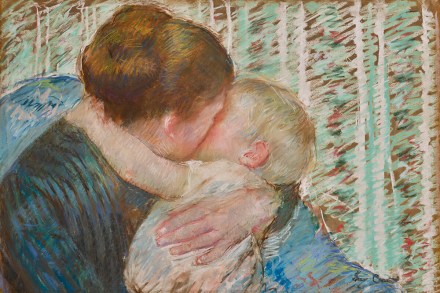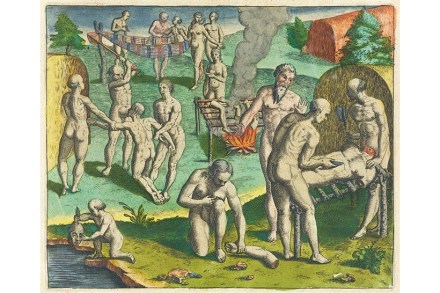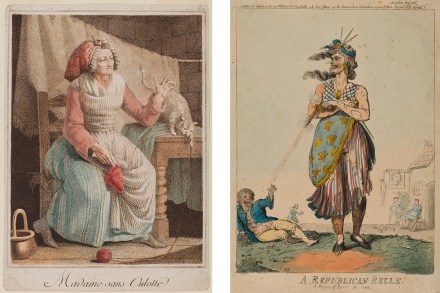Poise and gentleness: Hiroshige, at the British Museum, reviewed
Why is Hiroshige’s work so delightful? While his close predecessor Hokusai has more drama in his draughtsmanship, Hiroshige’s pastoral visions conjure a sense of timeless continuity that appealed to his contemporaries as much as to present-day teens who love the merch. His is a world in which everything has happened before, and will happen again. People race for shelter from a sudden shower of rain; a finely dressed lady adjusts her slipping belt. Human life seems small and predictable against his vast mountains and limpid lakes. The tranquillity is achieved in part through colour gradation, similar to millennials’ beloved ombré, and known in Edo-period Japan as bokashi, a technique carried









